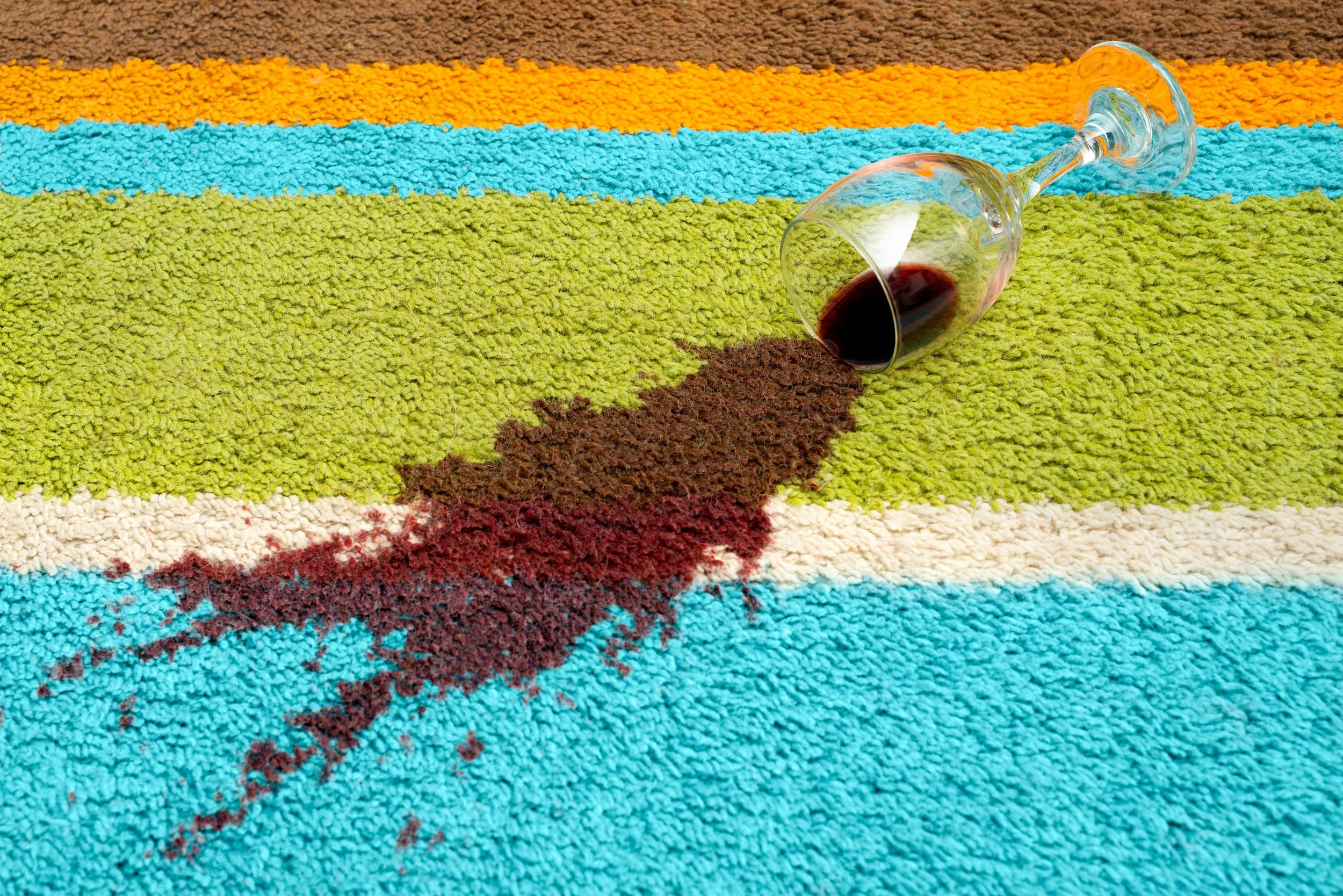How to Look After Your Rug
You have bought your highly prized rug and would like to know how to look after it properly. This guide is intended for antique wool rugs but equally applies to new wool rugs. (There is a section about silk rugs at the bottom, in case you don’t want to read through all of it!).
Wool is a remarkably resilient fibre but here are a few tips to keep your rug in tip-top shape:
Underlay
A good underlay is essential in helping reduce wear as it reduces the friction between the back of the knots and whatever the rug is laying on (as well as providing cushioning and stopping it moving around). I have tried all sorts of different types and the one I recommend (and provide with my antique rugs) is by a company called Foxi - it is not the cheapest but well worth the little extra.
Regular Vacuuming
A weekly vacuum is sufficient to remove most day to day dust & dirt. Try to go mainly in the direction of the pile and be a little careful around the fringes and sides (as these are always the weakest parts of a rug). About once a month, vacuum the front then the back and the front again of the rug. Vacuuming the back will help dislodge any dirt that has worked its way into the pile.
Furniture
If you have any furniture on the rug, try to move it occasionally - ideally on to different areas of the rug but a few centimetres is better than nothing.
Oh and another thing - as attractive as it looks to put a potted plant on a rug, DON’T! (The moisture will leech out of the pot and will eventually rot a hole in the rug!)
Rotation
I would also recommend rotating your rug through 180 degrees every 3 months or so. This will help even out the wear (as certain parts of the rug will get more traffic than others) as well as evening out any fading from direct sunlight.
Professional Cleaning
I would generally recommend that you have your rug professionally cleaned about once every 5 years (3-5 years for heavy traffic, 5-7 years for light traffic). This will remove dust and dirt particles that have worked their way into the pile of the rug and will reduce wear. It will also keep those colours as vibrant as the day you bought it. The cost of professional rug cleaning starts at £35 per square metre - please click here for a quote.
Spills
Because of the way the pile lays on a hand knotted rug, spillages tend to sit on top of the pile for a while, before being absorbed into the fibres. So, speed is of the essence with any spill - the quicker you act, the less damage will be done.
Solids and semi solids
Scrape up using a spoon or a blunt knife. Always go in the direction of the pile and work from the outside of the spillage towards the centre. When all the spillage has been removed, a quick swipe with a towel moistened with soapy water should sort it.
Liquids
Firstly, NEVER rub. Blot up any liquid with some clean (white) kitchen cloth or white towel. Keep blotting by applying a little pressure until no more liquid is being absorbed. Then a quick wipe with a towel moistened with soapy water should finish the job.
If a stain remains or for old stains I would recommend seeking the help of a professional rug cleaning company. To remove these, the type of stain, the quality of the wool and the dyes all have to be taken into account before using the right cleaning agent. Only an experienced rug cleaner can do this. I would be happy to help - just head over to my washing & restoration page here.
Moths
I’m sure there’s an evolutionary reason for their existence but they are a massive pain in the backside. They like to lay their eggs in undisturbed, dark and dusty places and it’s the larvae that will munch away on your rug. Regular vacuuming will help greatly and make sure you get to the bits under the sofa. I recommend using a moth spray once a year - the one I (and many of us in the rug biz) use is called Rug Remedy UK.
Repairs
As I mentioned before, the fringes and sides are the most vulnerable parts of any rug. If you notice that they are getting a bit tatty and starting to fray, it’s best to act quickly. If they are left, the rug will start losing knots and a later repair will be much more expensive. The same goes for any holes or tears. Again, I would be happy to provide a quote - just click here.
Silk Rugs
Silk is a much more delicate fibre than wool and, as such, needs a little more care. A gentle vacuum is fine or sweep with a soft brush. Any spillages should be dealt with by a professional - again, I would be happy to help, just click here.





